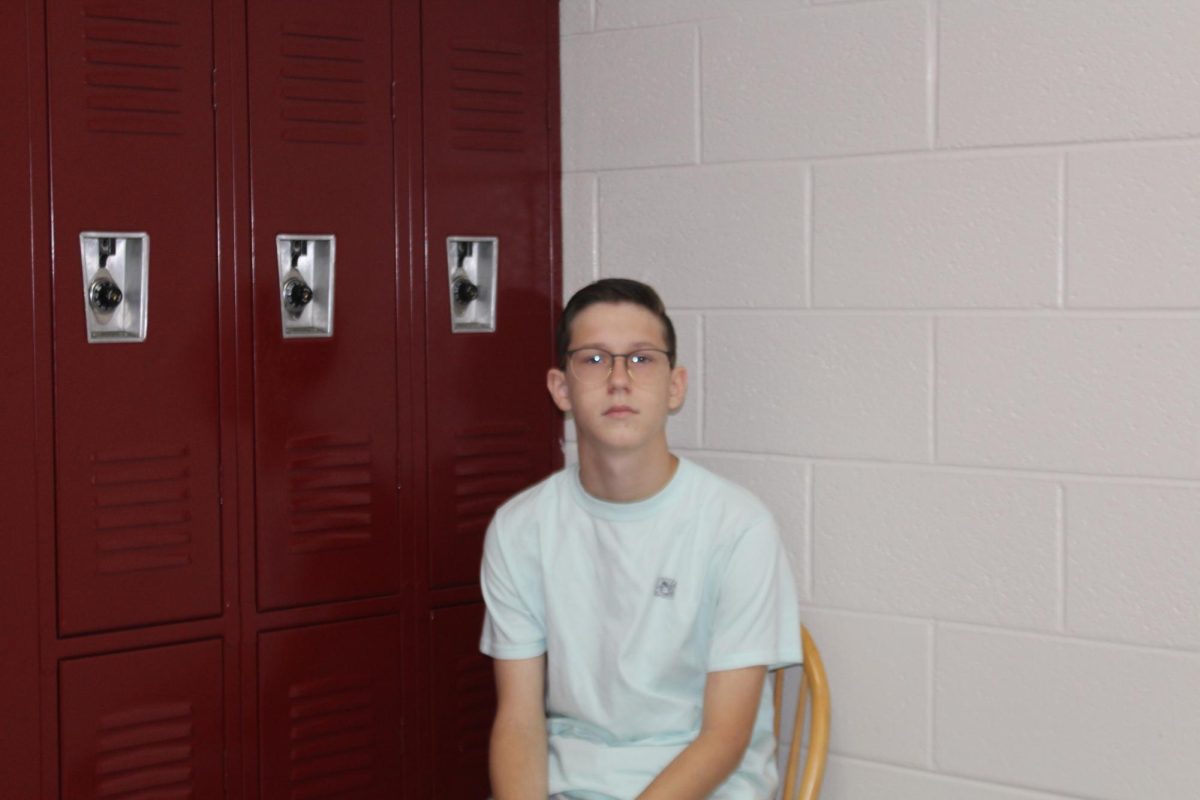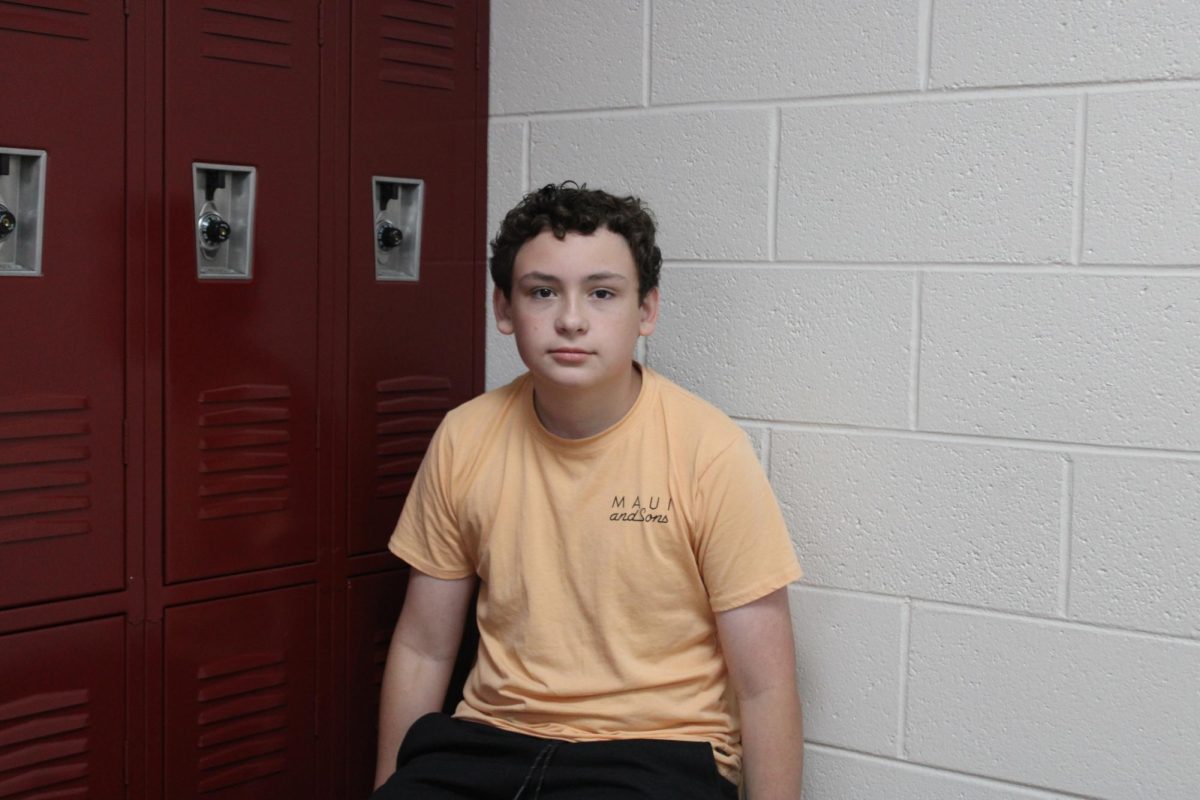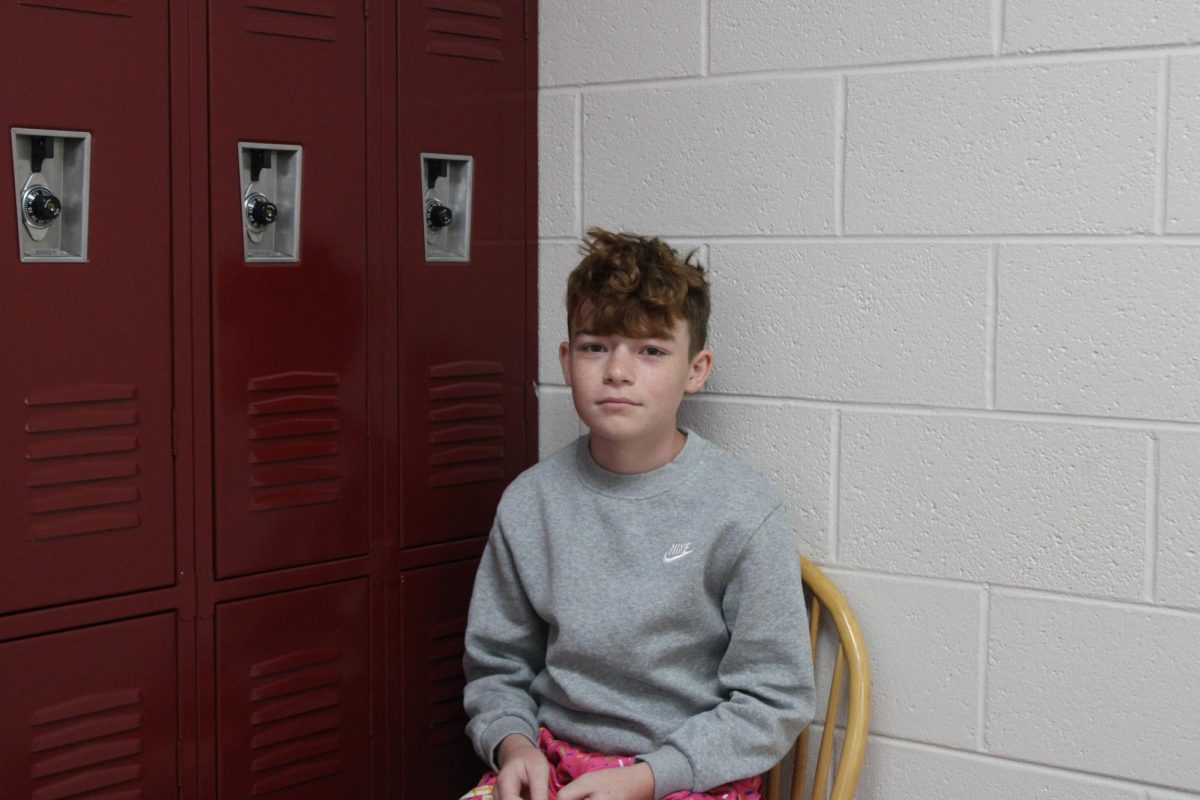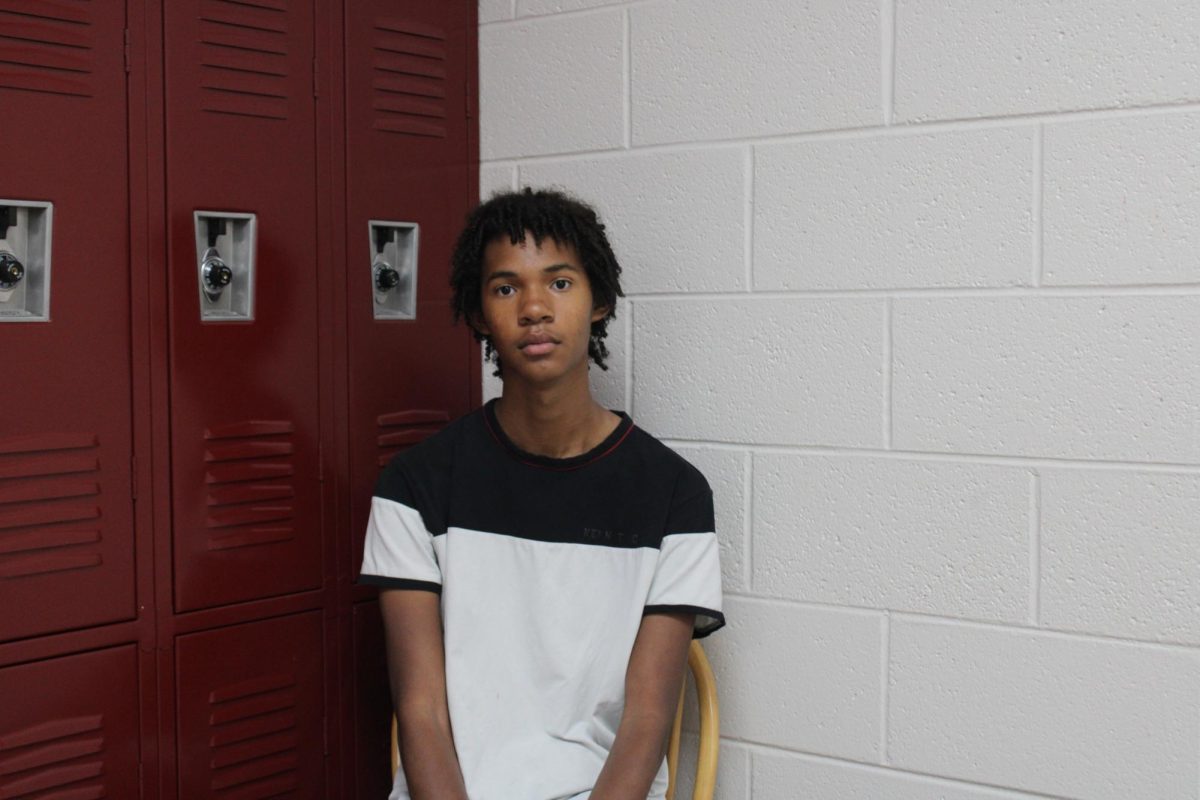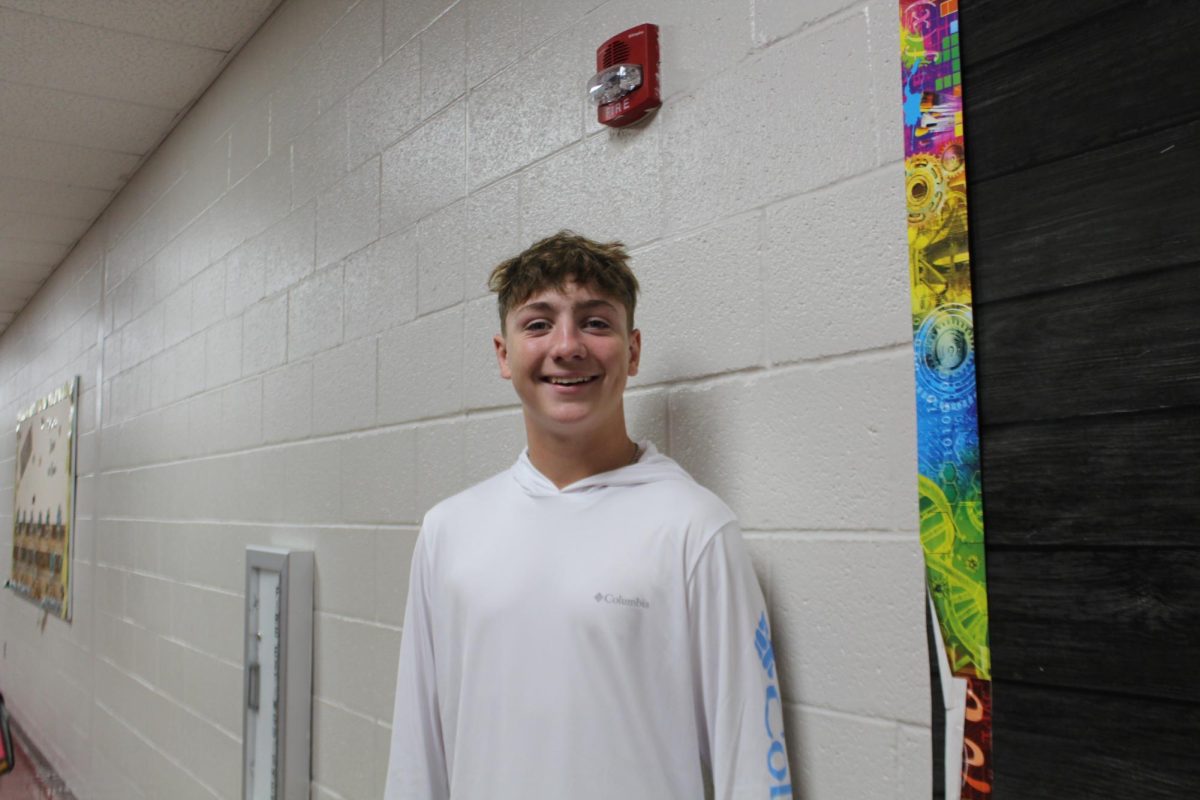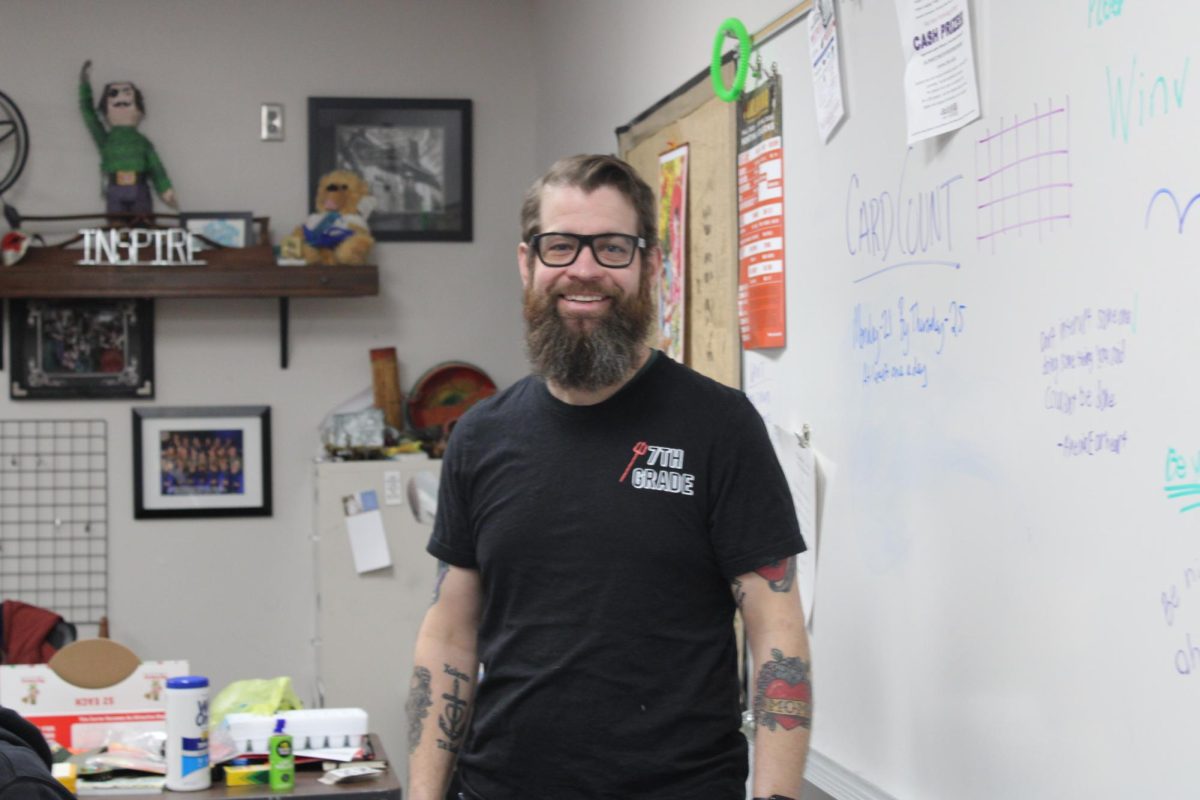Sekiro: Shadows Die Twice is a game released by FromSoftware in 2019. Sekiro is very different from the other games made by FromSoftware, which is obvious when you look at the combat system. Instead of a light attack and a heavy attack button, you have an attack button and a block button, as well as a button to grapple from place to place and a button to use tools, which are fastened to your character’s prosthetic arm.
Another thing that sets this game apart is its parry mechanic. In most games made by FromSoftware, you can parry, but it is not a core mechanic of the game. In Sekiro, parrying is almost the whole point of the game, as you are supposed to perfectly parry, or deflect, most enemy attacks. This game is also different from the other FromSoftware games because of how it levels things up. Instead of being able to grind for more health or more stamina like in the other games, you don’t have stamina and can only increase health and attack power by gathering things from defeating bosses.
You get XP and money from defeating enemies, and when you level up you can spend your skill points in the various skill trees you can unlock throughout the game. You can unlock combat arts in these skill trees, which are special skills that cost spirit emblems, a resource that you have a limited amount of per time you rest. Prosthetic attachments also use spirit emblems. You get my favorite combat art from the Shura ending of the game. It is called One Mind and is quite powerful.
This game has a resurrection mechanic, where if you die you can resurrect one time. To be able to resurrect again you have to take away an enemy or boss’s deathblow marker. Deathblow markers are a replacement for health bars. While they do have a health bar that can help get rid of a deathblow marker, most of the time you will get rid of an enemy by breaking their posture, which can be accomplished by deflecting or attacking them, which will cause their posture gauge to fill.
This game also lacks customization of your character. You play as one set character, and the only customization you get is outfit changing, which you get after beating the game one time. You get the other outfits from these things called Gauntlets of Strength, which you also unlock after beating the game. They are boss rushes, where you have to beat several bosses in a row without dying. All of the gauntlets feature bosses at the end that are stronger versions of bosses earlier in the game. You unlock a different gauntlet for each ending, as well as a set gauntlet where you can unlock a combat art. There is a gauntlet called Mortal Journey, where you have to kill every single boss in the game in a row without dying.
The story follows Wolf, a shinobi on a quest to sever the immortality of his master, Kuro, who is the divine heir. Kuro is taken by Genichiro Ashina, who wishes to harness his immortality to help save the region of Ashina. Around halfway through the game, you are confronted by your father. You can obey the Iron Code and forsake your master, which will lock you into the Shura ending, where you end up killing your father and causing a massacre of the people of Japan. If you break the Iron Code and obey your master, you will have to kill your father and that will lock you out of the Shura ending. Regardless of which ending you get, Isshin Ashina will be the final boss of the game, just in different forms. In the Shura ending, he is older and close to death. In all of the other endings, he is resurrected by Genichiro Ashina after his death, for the sole purpose of killing you. This one has a more diverse set of moves, as well as lightning which can be redirected.
Overall Sekiro: Shadows Die Twice is a great game and everyone should play it. The difficulty is tolerable, and once the gameplay clicks it is extremely fun to play. FromSoftware has once again made another flawless game that will be loved by many for years to come.
